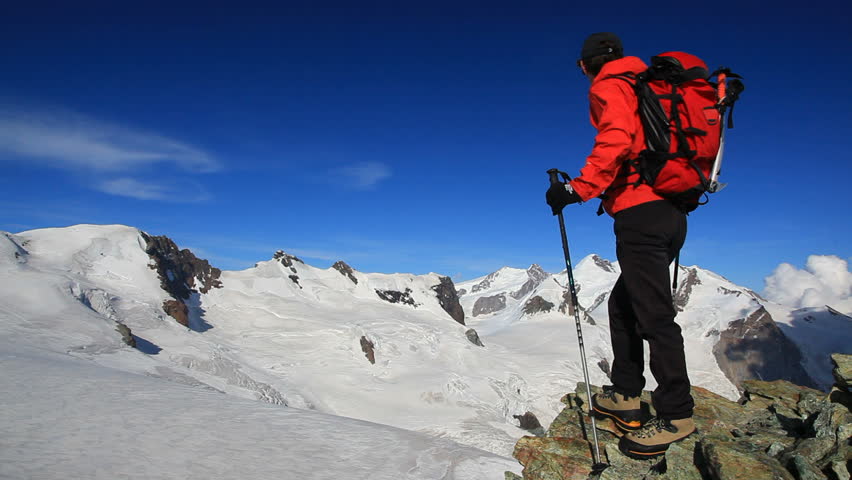High-altitude hiking is a unique and exhilarating experience that allows adventurers to escape the hustle and bustle of everyday life and immerse themselves in the awe-inspiring beauty of nature. While hiking at any altitude can be a rewarding experience, there’s something truly magical about exploring trails near mountain summits, where the air is thin, the views are breathtaking, and the challenges are as daunting as the peaks themselves. In this article, we will delve into the world of high-altitude hiking, discussing the challenges and rewards it offers, exploring trails near majestic peaks, and providing guidance on acclimatization and gear.
Challenges of High-Altitude Hiking:
One of the most significant challenges of high-altitude hiking is the thin air. As you ascend to higher elevations, the air pressure decreases, leading to a decrease in oxygen levels. This reduction in oxygen can cause symptoms of altitude sickness, such as headaches, nausea, fatigue, and dizziness. It’s essential for hikers to be aware of these symptoms and take them seriously, as altitude sickness can escalate into more severe conditions like High Altitude Pulmonary Edema (HAPE) and High Altitude Cerebral Edema (HACE) if not properly addressed.
Apart from reduced oxygen levels, harsh weather conditions are another challenge faced by high-altitude hikers. Sudden changes in weather, including snowstorms and high winds, are common in mountainous regions, making it vital for hikers to be well-prepared and equipped to handle unexpected weather changes.
Rewards of High-Altitude Hiking:
Despite the challenges, the rewards of high-altitude hiking are unparalleled. The sense of achievement that comes with reaching the summit of a towering peak is incomparable, and the panoramic views from the top are nothing short of breathtaking. High-altitude hikes often take you above the tree line, offering unobstructed views of the surrounding landscapes, with snow-capped peaks, vast valleys, and glacial lakes stretching as far as the eye can see.
Beyond the physical rewards, high-altitude hiking also provides mental and emotional benefits. The solitude and serenity of the mountains offer a peaceful escape from the noise and distractions of everyday life. The meditative rhythm of hiking, combined with the grandeur of the natural surroundings, can provide a profound sense of inner peace and clarity.
Exploring Trails Near Majestic Peaks:
There are countless trails around the world that lead intrepid hikers to the summits of majestic peaks. In the Himalayas, trails like the Everest Base Camp trek in Nepal and the Annapurna Circuit offer hikers the chance to explore the world’s highest mountains. In South America, the Inca Trail in Peru takes hikers through stunning landscapes, including the iconic Machu Picchu. Closer to home, trails in the Rocky Mountains of North America, such as the Colorado Trail and the Pacific Crest Trail, offer challenging high-altitude hikes with breathtaking vistas.
Each of these trails presents its own set of challenges and rewards, from navigating steep ascents to crossing alpine meadows adorned with wildflowers. Regardless of the trail you choose, the experience of hiking near majestic peaks will leave you with memories that last a lifetime.
Acclimatization and Preparation:
Proper acclimatization is crucial when embarking on a high-altitude hike. It’s essential to allow your body time to adjust to the reduced oxygen levels gradually. Most guided hikes include built-in acclimatization days, allowing hikers to rest and adjust to the altitude before continuing their ascent.
Staying hydrated is equally important. Drinking plenty of water helps your body cope with the altitude and reduces the risk of altitude sickness. Additionally, maintaining a slow and steady pace while hiking allows your body to conserve energy and adjust to the thin air more effectively.
Adequate preparation also involves investing in the right gear. High-quality hiking boots with ankle support, moisture-wicking clothing, and layers to accommodate changing weather conditions are essential. Carrying a well-fitted backpack with necessary supplies, including a first aid kit, high-energy snacks, and a reliable map and compass, ensures you’re prepared for any situation that might arise on the trail.
Conclusion:
High-altitude hiking is a challenging yet immensely rewarding endeavor that allows outdoor enthusiasts to connect with nature in its purest form. The thin air and majestic peaks present obstacles that test both physical and mental endurance, but the sense of accomplishment and the awe-inspiring beauty of the surroundings make it all worthwhile. By understanding the challenges, preparing adequately, and respecting the mountain environment, hikers can embark on unforgettable journeys to the summits of the world’s most majestic peaks, creating memories that last a lifetime. So, lace up your boots, pack your backpack, and get ready to explore the wonders of high-altitude hiking – where every step takes you closer to the sky and the heart of nature’s grandeur.

